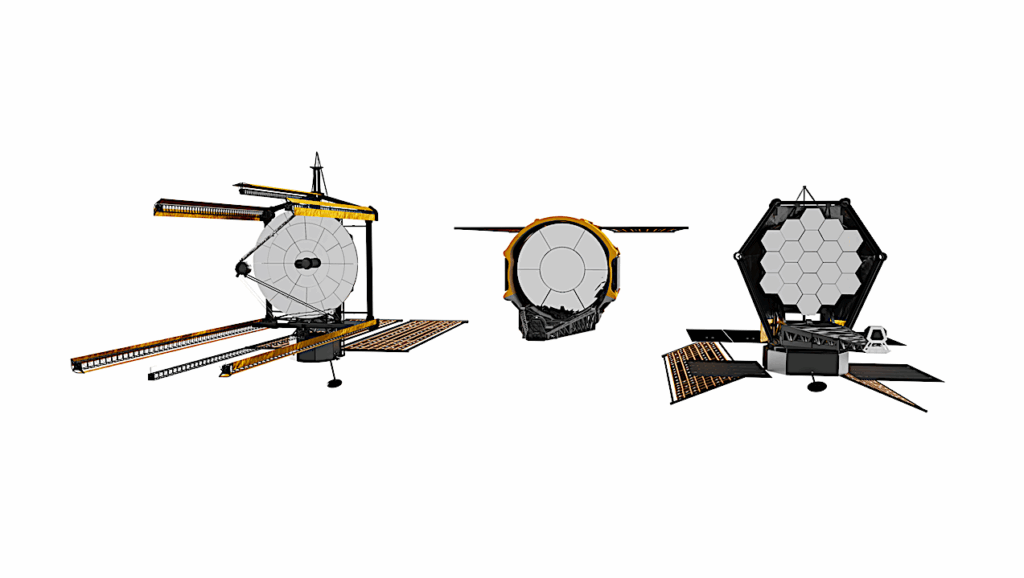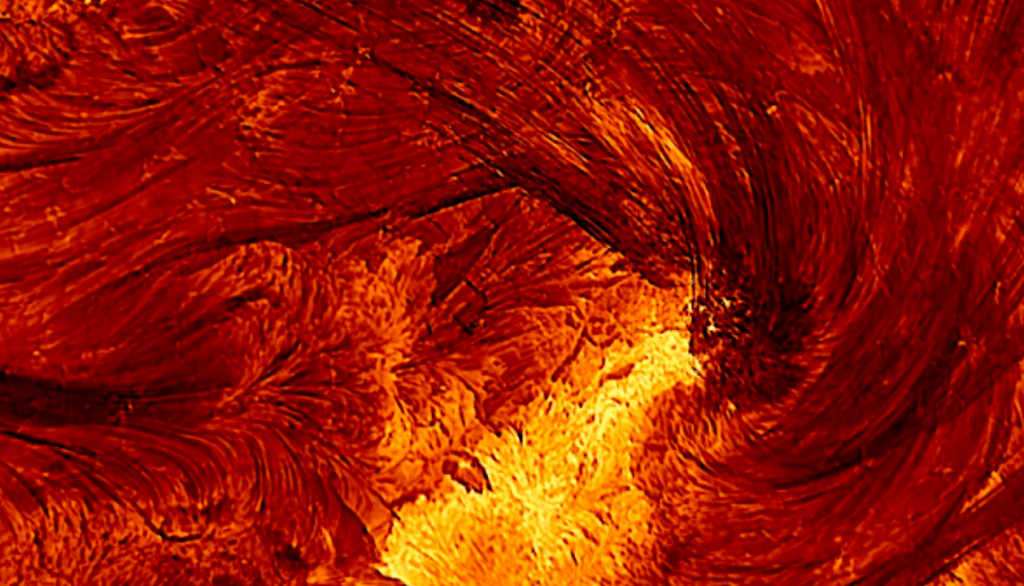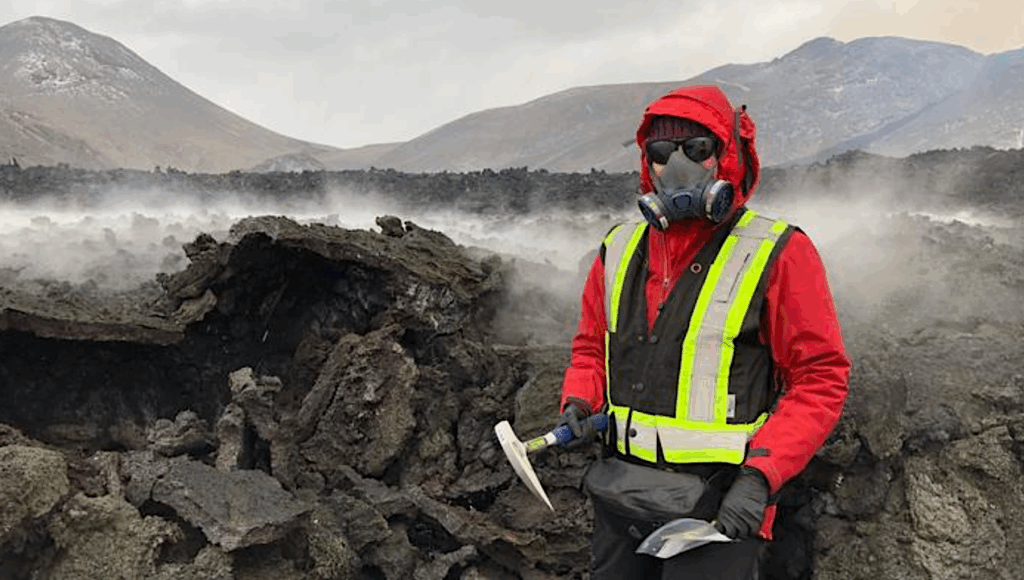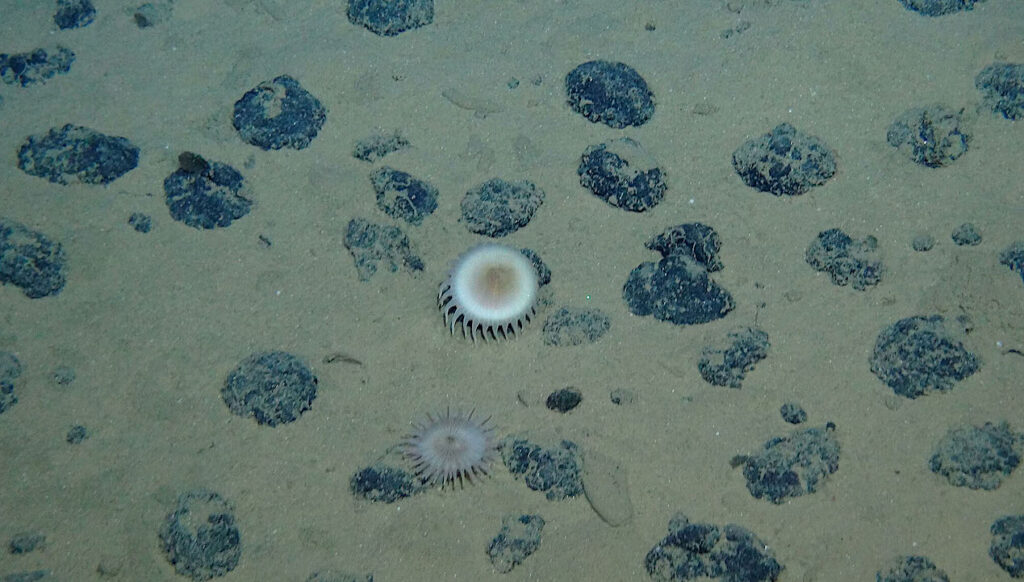Testing Earth-like Atmospheric Evolution On Exo-Earths Through Oxygen Absorption

Life has had a dramatic impact on the composition of Earth’s atmosphere over time, which suggests that statistical studies of other inhabited planets’ atmospheres could reveal how they co-evolve with life.
While many evolutionary pathways are possible for inhabited worlds, a possible starting hypothesis is that most of them evolve similarly to Earth, which we propose could lead to a positive “age-oxygen correlation” between the ages of inhabited planets and the fraction which have oxygen-rich atmospheres. We demonstrate that next-generation space observatories currently under consideration could test this hypothesis, but only if the stellar age distribution of the target sample is carefully considered.
We explore three possible parameterizations of the age-oxygen correlation, finding that they yield similar results. Finally, we examine how abiotic oxygen sources could affect the results, and discuss how measuring the age-dependence of oxygen could shed light on whether it is a reliable biosignature. Future efforts can expand upon this groundwork by incorporating detailed models of the redox balance of terrestrial planets and its dependence on stellar and planetary properties.
Testing Earth-like Atmospheric evolution on exo-Earths through oxygen absorption: required sample sizes and the advantage of age-based target selection
Alex Bixel, Dániel Apai
Comments: 13 pages, 3 figures, accepted to ApJ
Subjects: Earth and Planetary Astrophysics (astro-ph.EP); Solar and Stellar Astrophysics (astro-ph.SR)
Cite as: arXiv:2005.01587 [astro-ph.EP] (or arXiv:2005.01587v1 [astro-ph.EP] for this version)
Submission history
From: Alex Bixel
[v1] Mon, 4 May 2020 15:57:46 UTC (237 KB)
https://arxiv.org/abs/2005.01587
Astrobiology








